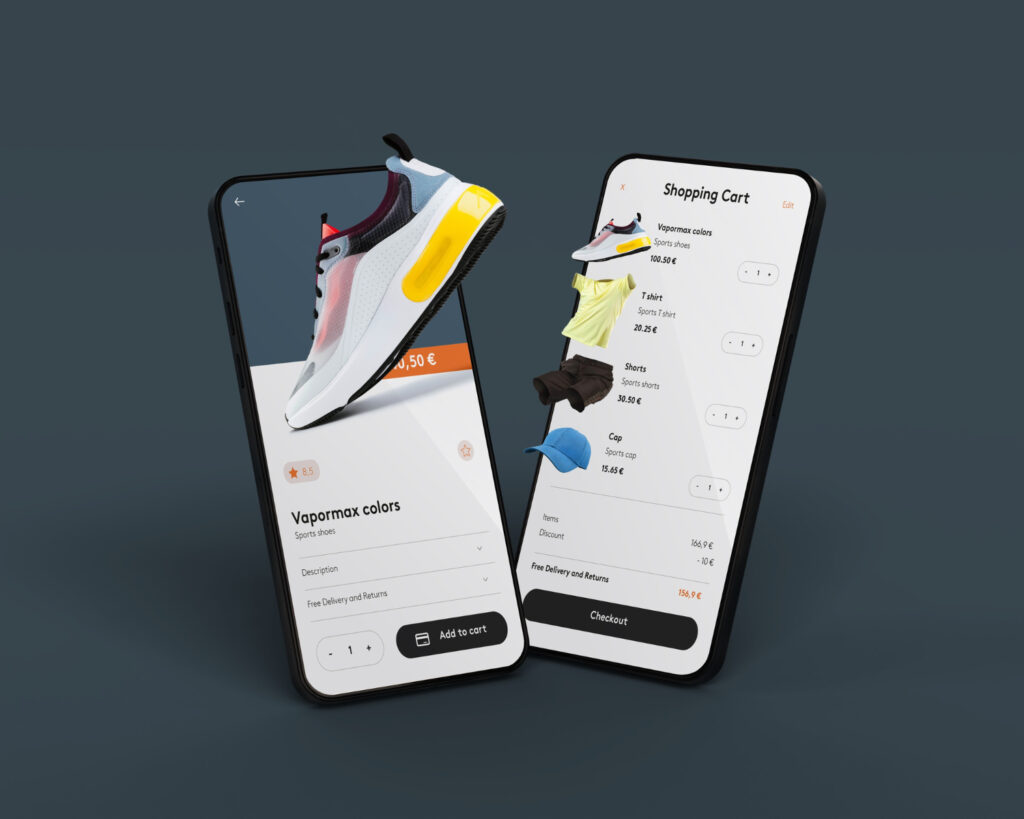In today’s digital landscape, developing a successful Software as a Service (SaaS) product requires careful planning and documentation. Creating a comprehensive Product Requirements Document (PRD) that helps clearly define the scope, features, and functionality of your SaaS application is a crucial step in Product Development Process.

This article will explore the key elements and best practices for crafting an effective PRD for your SaaS products, enabling you to bring unique and meaningful digital products to market.
Understanding Product Requirements Document (PRD)
A Product Requirements Document (PRD) is a blueprint for your B2B or B2C product, outlining its functionalities, features, and user experience. It acts as a communication tool between product managers, developers, engineers, and UX/UI designers, ensuring everyone understands the product’s goals and scope.
A well-crafted PRD helps align stakeholders and guides the development process, enabling teams to build SaaS platforms more efficiently saving a lot of time and cost for the organisation.
Defining the Purpose and Scope
Start by clearly defining the purpose and scope of your SaaS product. Identify the pain points it addresses and the value it offers to users. A concise, focused purpose will guide the development process and help you prioritize features.
Understanding the Users
Additionally, consider the target groups, cohort and their specific needs. You can effectively convey these aspects in your PRD by understanding the product’s purpose and scope. Maintain an Index or Table of Contents on top of the document.

Define User Experience and Design
Break down features into user stories or use cases to provide a user-centric perspective and guide the UX/UI design process.
A great SaaS product provides valuable functionalities and delivers an exceptional user experience. Describe the desired user experience and design elements in your PRD. This includes visual design, user flows, navigation, and interactive elements. Incorporate wireframes, mockups, or prototypes to illustrate the intended user interface and interactions. Collaboration between UX/UI designers and developers is essential during this phase to ensure a cohesive user experience.
Outlining Functionalities and Features
List and describe the functionalities and features that your SaaS platform will offer. This includes core capabilities, user interface components, data handling, and integrations with external systems. Use clear language and provide detailed explanations to ensure that the development team understands the desired outcomes.
A well-defined functionality that brings every product feature to life is to be coded with correct logic and conditions. Some feature may be as small as validating forms and error messaging, while others can be as deep as an AI / ML algorithm and its logic. The development team working on the product must be super clear on what is expected of them and their respective teams, what kind if technology stack is required to achieve the desired functionality or product feature, what kind of tech talent and resources would be required to perform these tasks, what are the possible third-party dependencies and integrations.

Feature release plan and the project management methods like scrum or agile, daily stand ups, weekly or fortnightly reviews and sprints can also be mentioned.
Prioritize Key Features
One of the primary objectives of defining a Product Requirement Document is to capture various ideas shared by stakeholders from across the board. Eliminate overlapping ideas and articulate the thoughts clearly for the team working on the project, including management. Most products suffer from a concept called feature bloat (overloaded with features with low impact), and therefore it is imperative to prioritise – break the list in High, Low and Medium prority features based on which feature may have maximum impact on the end user in real life and business objectives.
Define Phases
One of the most challenging part of defining PRD is to clearly prioritize the gathered requirements based on various parameters like cost implication, availability of resources, impact on users, impact on business objectives and dependencies on third party vendors or integrations.
A phase-wise breakup of requirements is typically the last (but not the least) step of the process, each phase can further be structured in milestones within the phase, timelines for each milestone, include overlapping timelines between different teams working on the project at the same time, clearly mention dependencies, enablers, cost, and impact of each milestone and the phases.
Share visibility and set the right expectations with stakeholders
The idea here is to leave no room for ambiguity and discrepancies. Most product managers fail to foresee or share their visibility on these aspects, and end up setting unrealistic expectations.![]()
Imagine the Management and other stakeholders having clear visibility on whats coming their way (and what is not), this immense clarity can empower them to perform on respective assigned tasks more efficiently, simply enabling them to focus on what they do best.
Creating a Product Roadmap
A product roadmap provides strategic overview of the development journey for your SaaS software. It outlines key milestones, priorities, and timelines for feature implementation. Include the product roadmap in your PRD to provide a high-level perspective of your SaaS product’s evolution.
The roadmap helps stakeholders visualize the product’s future, align expectations, and make informed resource allocation and timelines decisions.
Ensuring Clarity and Precision
When creating a PRD, aim for clarity and precision in your documentation. Use clear language, avoid ambiguous statements, and provide concrete examples when necessary. Be specific about the desired outcomes and define success metrics wherever possible. This clarity will minimize misunderstandings and ensure a shared understanding among all stakeholders in the SaaS product’s development.
Conclusion
Creating a well-defined and comprehensive Product Requirements Document (PRD) is essential to crafting a successful SaaS product. By clearly outlining the purpose, scope, functionalities, and user experience, you can guide your development team to build exceptional digital products that meet user needs and drive business success.
Remember, strong PRD acts as a roadmap to transform your vision into reality and provides a solid foundation for the development process of your SaaS application.


